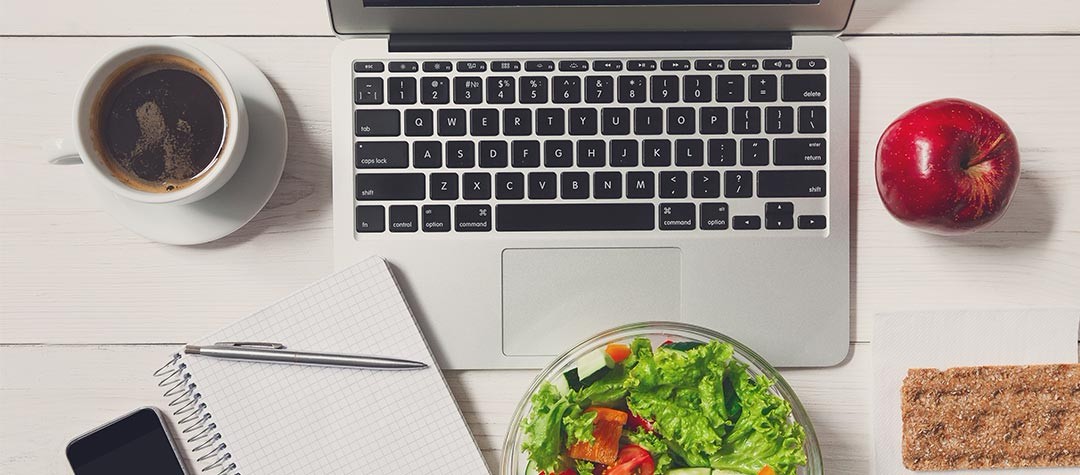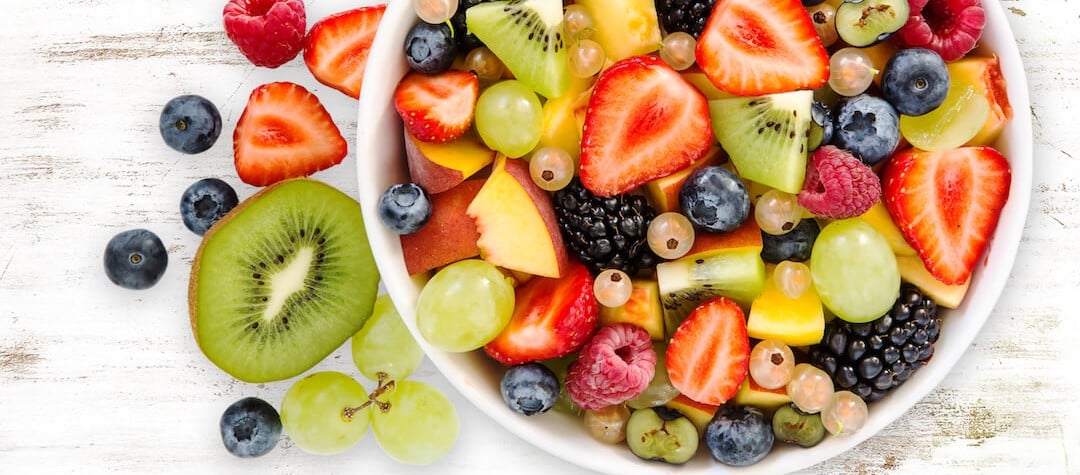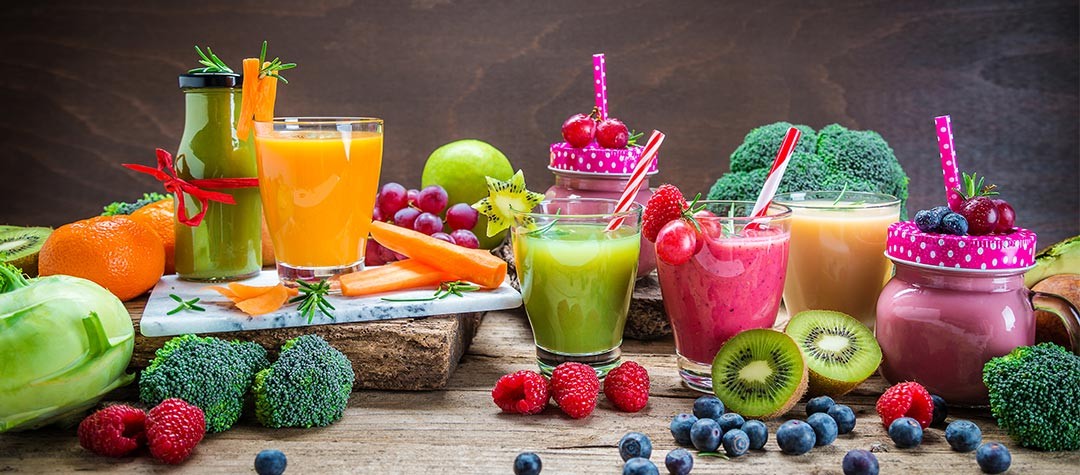Let’s face it, few of us have the time to sit down for three square meals a day, but eating on the run needn’t be a nutrition no-no, provided you put some thought and planning into it. Here's our guide on how you could eat your way to a healthier lifestyle.
1. Start eating right
If at all possible, don’t miss breakfast. A study in the American Journal of Clinical Nutrition revealed that starting the day with a meal boosted resting metabolic rate by 10 per cent. What’s more, people who skip breakfast or lunch, consuming most of their calories or kilojoules in the evening, have been shown to have lower metabolisms than ‘frontloaders’.
2. Are you really hungry?
We all eat sometimes just for the sake of it, and not because we’re hungry. Airports, railway and service stations are the worst culprits, because eating gives us something to do while we wait or take a break — and also because of that strange mentality that we have to ‘load up’ for a journey. If you aren’t hungry, just have a drink instead — it still gives you a reason to sit down.
3. Pack a punch with lunch
If you are taking a long journey, spare yourself the poor choice and outrageous prices of service station food by packing your own lunch . If you are traveling with the family, they’ll probably enjoy a picnic (even inside a car) much more than queuing up and eating in a strip-lit, noisy cafeteria.
4. Swap slow food for fast food
If you haven’t got the time, or inclination, to pack a lunch for a long journey, you can still eat healthily en route. Why not give yourself a treat by planning your lunch stop at a deli or restaurant not too far off your route? You are far more likely to get a nutritious meal and it’s a nice way to get off the road and break up the journey, too.
5. Glovebox snacks
Keep a good stash of snacks. Car-friendly snacks are ones that won’t go off, melt or smell in the glovebox. Options include dried fruit, nuts, seeds, rice cakes and hard fruit, such as apples. Glovebox snacks are also a real saving grace if you get stuck in a traffic jam too, but remember they are for meals or emergencies — don’t eat them just because they’re there.
6. Eat soup
If you’re buying lunch on the move or to take back to your desk, soup is one of the healthiest choices. Many sandwich and coffee shops now offer soups or the healthy Japanese soy-based soup, miso. Team with chunky wholemeal bread and you have got yourself a great, healthy and satisfying meal.
7. Make a ‘must have veg’ rule
When you are buying a sandwich, soup, panini, pita or baked potato, pledge to go for options that come with some form of salad or vegetable in them. Instead of going for the chicken and stuffing sandwich, grab a chicken salad instead — even the smallest of veg servings all help toward your recommended five-a-day.
8. Survive fast food outlets
If there really is no eating option other than a fast food outlet, choose carefully . Pick the smallest size on offer (remember supersize portions will supersize your waistline!); avoid the fries (have a salad instead — with dressing on the side), and choose water or diet drinks instead of high-fat milkshakes or sugary soft drinks.
9. Eat mindfully
If you stuff down snacks that are stashed on your passenger seat while you are driving, you may still ‘fancy’ something when you stop for a break, because you weren’t mindful while you ate them. Make time for each snack or meal you eat on the move — it doesn’t have to be long.
10. Stay hydrated
Always carry water with you when you are out and about to stay hydrated .
A bottle in your bag, or a six-pack in the back of the car is wise, so that you don’t get dehydrated and mistake thirst for hunger. A note of caution here as there is some evidence that keeping water in plastic bottles in the car, which heats, allows toxic chemicals in the plastic to seep into the water, so go with glass bottles.
11. Get fruity
Snack on fruit. Don’t leave home without it and try to place ‘triggers’ throughout your day which remind you to eat some fruit. For example, take a piece with you every time you go out on an errand or buy some for long train, plane, bus or car journeys.
12. Be supermarket smart
Supermarkets are a good option for on-the-run eating, particularly now that some service stations even have them — though you don’t usually need to stray far to find one. You can get pre-washed salad and vegetables, prepared or fresh fruit, deli counter items such as fresh ham, mozzarella and ready-cooked chicken breast as well as cereal bars and yogurts. That makes for a lot more choice, better value and greater nutrition.
13. Stock up your desk drawer
To save you succumbing to the daily shop visit with colleagues, keep tasty, non-perishable snacks in your desk drawer. For example, crisp breads and peanut butter, rice cakes, muesli, pretzels or mixed nuts. So if you find yourself unable to get out on your lunch break you will always have a healthy backup.
14. Invest in Tupperware
Tupperware gives you the opportunity not only to make meals portable, but to use up leftovers, too. A box full of cold roast vegetables, kedgeree or pasta salad is a far healthier and tastier option than a mayo-rich sandwich. Just make a bit extra when you cook your evening meal so you will always have something for the following day.














